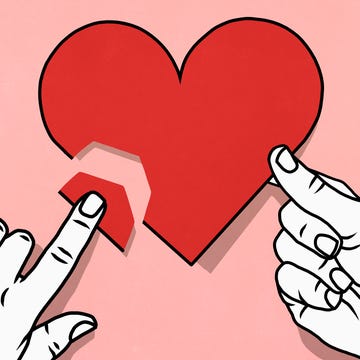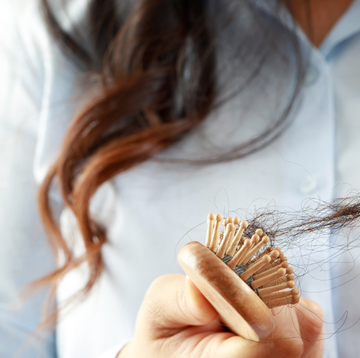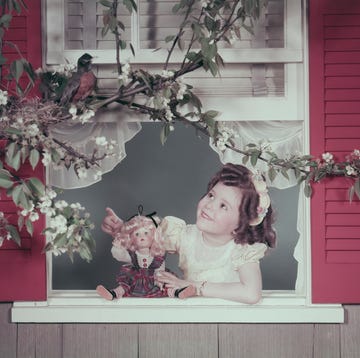My lawn and I have a rollercoaster romance. Traditionally, the window of time in which we love each other, wholly and uncomplicatedly, has been extremely short. It opens when the sun begins shining brightly enough for me to stretch out on the lush, cashmere-like carpet of green with a book. It slams shut again as soon as said sun transforms that soft surface into a yellow scouring brush. If I’m lucky, the honeymoon period lasts a month.
This year, I vow, will be different. I will look after my lawn, keep that window open (and that grass green) all summer. But how? ‘The number one thing to remember is that if your lawn does go brown, it’s not the end of the world. Grass has an incredible ability to recover as soon as it does rain, so don’t lose heart,’ advises gardening expert Dan Cooper.
That said, Dan has some hacks up his gardening gloves – things we can all do now to keep our grass green well into the summer. First up…
What to read next
SPRING: Aerate
‘If you have a healthy, strong lawn to begin with, it will be more resilient when the weather heats up,’ says Dan. So, while it’s still spring, aerate your lawn (to the uninitiated, like me, that means punching little holes into the soil). ‘Making those holes encourages the air to travel down and the roots to grow deeper,’ explains Dan. ‘The deeper the roots, the more moisture they can access come the dry summer weather.’
SPRING: Feed your lawn
‘Before it gets dry, feed your grass with a good lawn feed,’ says Dan. ‘If your lawn is weak and gappy, with compacted soil, you’re going to go into the dry season with a stressed lawn.’ A stressed lawn will give up the fight much faster.
‘Better late than never’ does not apply to lawn feed, says Dan: ‘Feed a lawn when it’s dry and you’ll just scorch it. The grass needs moisture in order to be able to take up the feed.’ So if you miss the spring window, don’t be tempted when the sun’s out.
SUMMER: Mow less
Once the hot and dry weather arrives, ‘mow less frequently,’ advises Dan. ‘The grass will grow slower when there’s less water around anyway.’ In fact, he suggests, you could stop mowing altogether in the heat, if longer grass isn’t getting in the way of you using your garden as you want to. That comes with a warning, though: ‘If you want the lawn to revert back to being beautiful fine grass lawn at the end, you’ve got to be a little careful not to let weeds creep in.’
SUMMER: Mow longer (and let it fall)
When you do mow, ‘raise the cutting height of your blades, otherwise you put the grass under quite a lot of stress, in addition to the stress it’s already under because of a lack of water,’ says Dan. Once mowed, ‘don’t gather up the clippings and put them in the compost,’ he adds. ‘As long as they’re fine, allow them to fall on to the lawn. They make a mulch, which feeds a little and holds moisture in.’
SUMMER: Water at night
‘If you’re going to water your lawn, do it in the evening,’ suggests Dan. ‘That way, the grass has all night to take up that moisture.’ Avoid watering in the daytime at all costs, as ‘half will evaporate,’ says Dan, ‘and when soil is very dry, it’s hydrophobic, meaning it won’t absorb water. So, if you water in evening, the water at least has a chance to soak into ground.’
…and stop doing this
I have a habit of aimlessly waving a hose at the lawn for a few minutes, between jobs. But frequent shallow watering can do more harm than good. It encourages shallow root growth, so that in the summer, the lawn has less moisture to draw on. Instead, the RHS recommends a generous soak once or twice a week, so that the water penetrates at least four inches into the soil. Use rainwater from a butt or grey water collected from your bathroom, suggests Dan.













